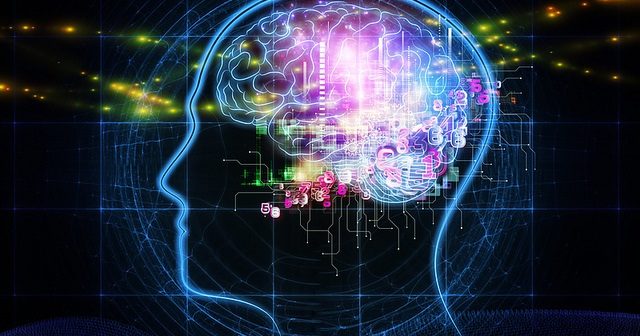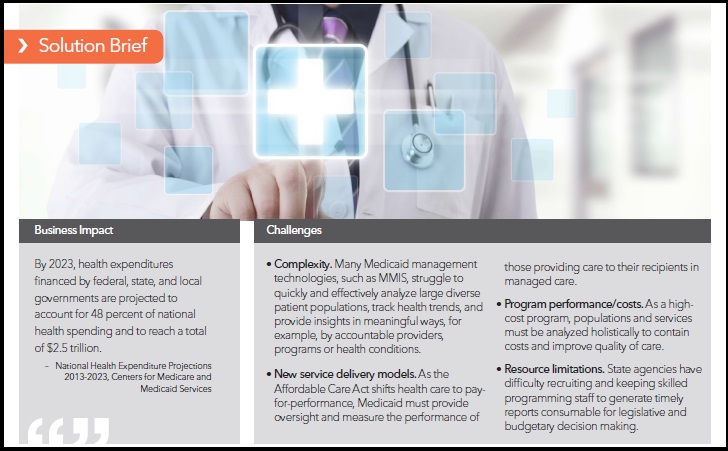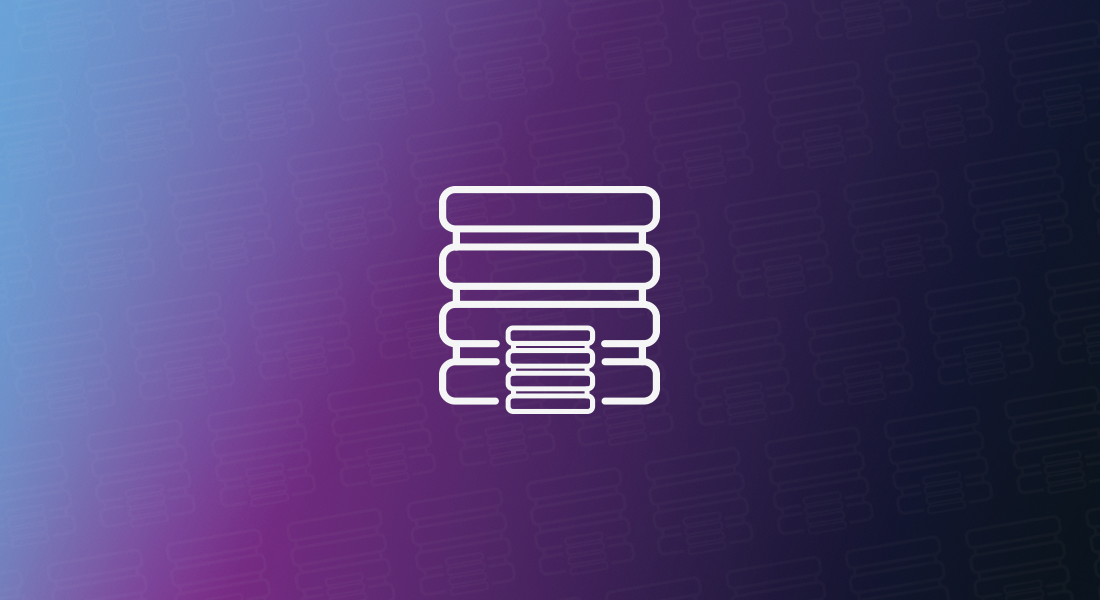
Behavioral health information technology (HIT) adoption efforts have struggled and are still plagued by a number of challenges. Since 2011, the federal government has incentivized the industry to the tune of $37 billion. However, according to US Senator Sheldon Whitehouse (D-RI) “psychologists, community mental health centers, psychiatric hospitals, and others





